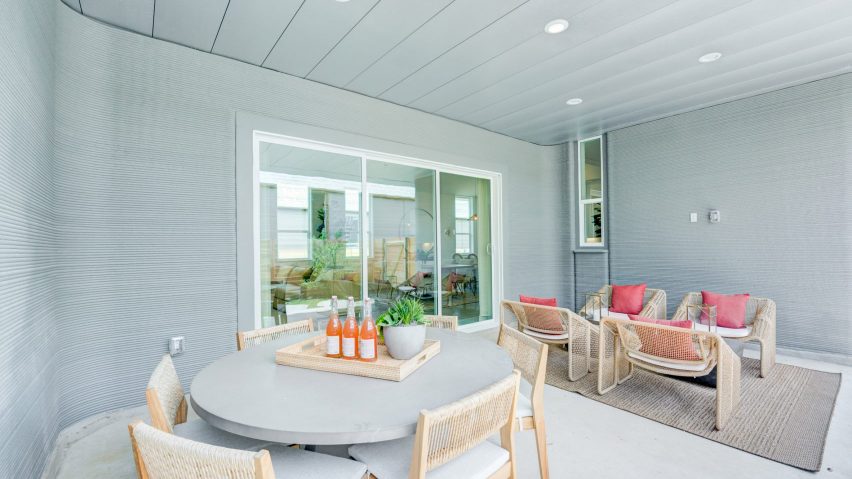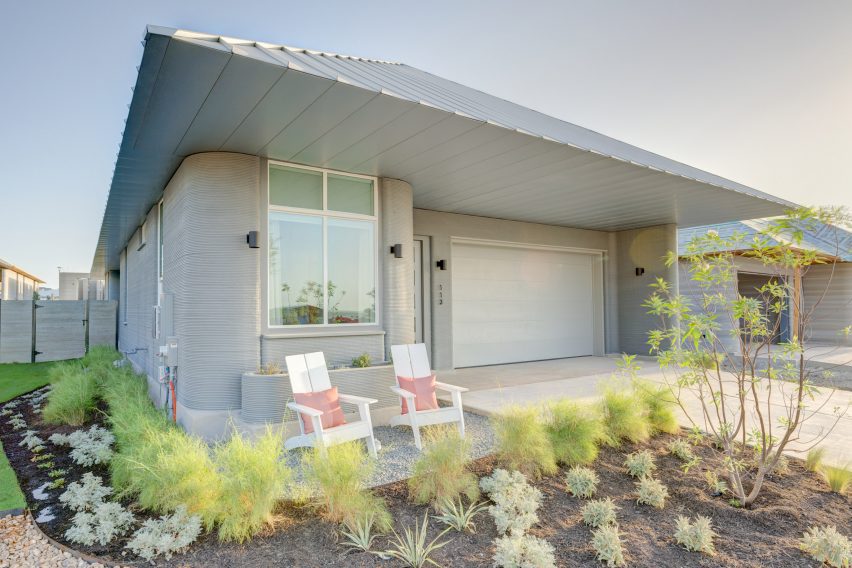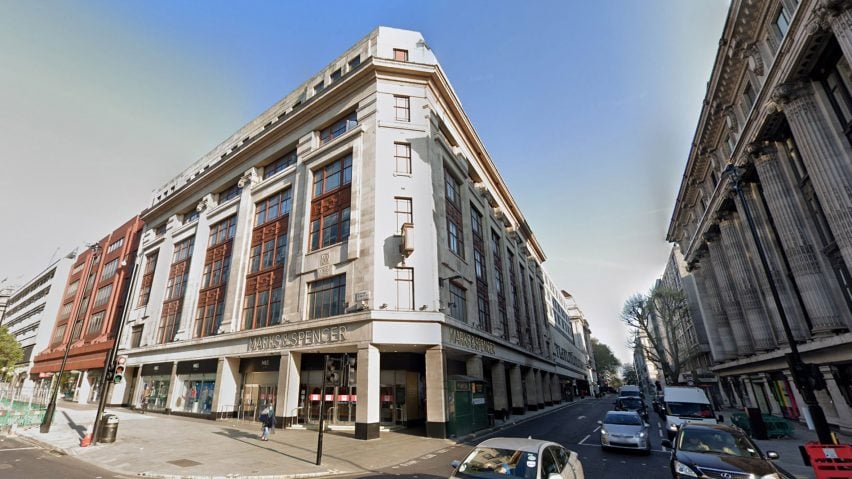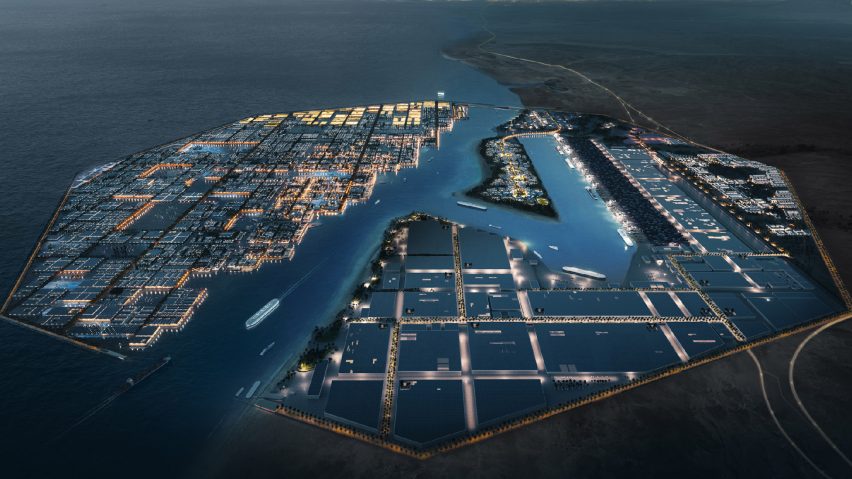
"Give me a team of bricklayers over a 3D printer every time" says commenter
In this week's comments update, readers are discussing the first 3D-printed house to be completed at the "largest-scale development of 3D-printed homes in the world".
Co-designed by Danish architecture studio BIG and American 3D-printing firm ICON, the full-sized model home is one of 100 houses that are currently being constructed by local firm Lennar.
The house, which will serve as a model for prospective buyers, has striated 3D-printed walls constructed through the use of ICON's proprietary material, Lavacrete.
Currently projected to cost between $475,990-$559,990, Dezeen commenters were left wondering whether 3D-printed homes are worth it.

"Why complicate such a relatively minor cost element with such a contrived idea?"
"[I] find the concept of the 3D-printed house very interesting, but for now it has too many limitations," wrote JBH3.
"My assumption is that the designs will get better as the technology gets better," they continued. "If they can get the cost down, I think this would be a technology that could be used for low-income housing. Right now all I see is the dust building up on every line in the wall."
While some commenters questioned BIG's role in the design of the model house – "Why did they need BIG to draw a three-bed floor plan when ICON has a catalogue full of 3D-printed bungalows?" wondered Marius.
Colin MacGillivray was similarly cynical, asking "what percentage of the final cost of a house in Texas do the external walls cost? 10-15 per cent? Why complicate such a relatively minor cost element which is so important to the final appearance with such a contrived idea?"
"Give me a team of carpenters or bricklayers every time over a 3D concrete printer," concluded AlfredHitchcock. "Just because something is possible doesn't make it a good idea."
Is 3D printing the future of construction or an all-out flop? Join the discussion ›

"There are so many ugly buildings on Oxford Street – don't demolish one of the good ones"
Also igniting debate in the comments section this week was the news that British Secretary of State Michael Gove has rejected Marks & Spencer's plans to demolish its Art Deco flagship store on Oxford Street in London.
Some commenters welcomed the decision, while others thought "we could do better".
"This is immensely important news," wrote Chris. "A building that should have never even been considered for wholesale demolition." While Freddie Lewis reasoned "there are so many horrendously ugly buildings on Oxford Street – don't demolish one of the good ones".
Whateverandeveramen took Apsco Radiales to task for his view that the rejection is "one of the better decisions the GB government has made in years", responding "why? Even Historic England doesn't want to list this building. There are so many better examples of this architectural style. We don't need to pickle the whole of the 1920s."
AlfredHitchcock, meanwhile, was caught between a rock and a hard place. "It's an ugly building with very little architectural merit and probably very difficult to adapt for reuse due to its reinforced concrete structure. However, the proposed replacement building would also have had zero architectural merit."
JB took a more blunt view. "The new design sucks, so it's better to keep this one," they said.
Are you in favour of Gove's decision? Join the discussion ›

"Let him pay for it"
News that Saudi Arabia is reportedly looking to raise a loan of 10 billion riyals to develop its controversial Neom region caused a small storm in the comments section this week, with many readers wondering why crown prince Mohammed bin Salman doesn't just foot the bill himself.
"Wait," wrote Milos Mom. "The little prince is worth $18 billion. Let him pay for it.
This sentiment was echoed by Ralph Kent, who called the Saudi government's approach to borrowing and lending a "questionable financial merry-go-round".
"The cost of developing Hudson Yards was around $25 billion," posited Volantt in reference to the 28-acre development in Manhattan. "To develop such a city [as The Line] you need to spend 100 times more at least. It looks more like a gold mine for consultants, rather than a real project."
But Apsco Radiales didn't see much hope for the loan coming through, wondering "what lending institution will give them the money and participate in the biggest folly in hundreds of years".
Do you think the Neom development is a billionaire's folly? Join the discussion ›
Comments update
Dezeen is the world's most commented architecture and design magazine, receiving thousands of comments each month from readers. Keep up to date on the latest discussions on our comments page and subscribe to our weekly Debate newsletter, where we feature the best reader comments from stories in the last seven days.